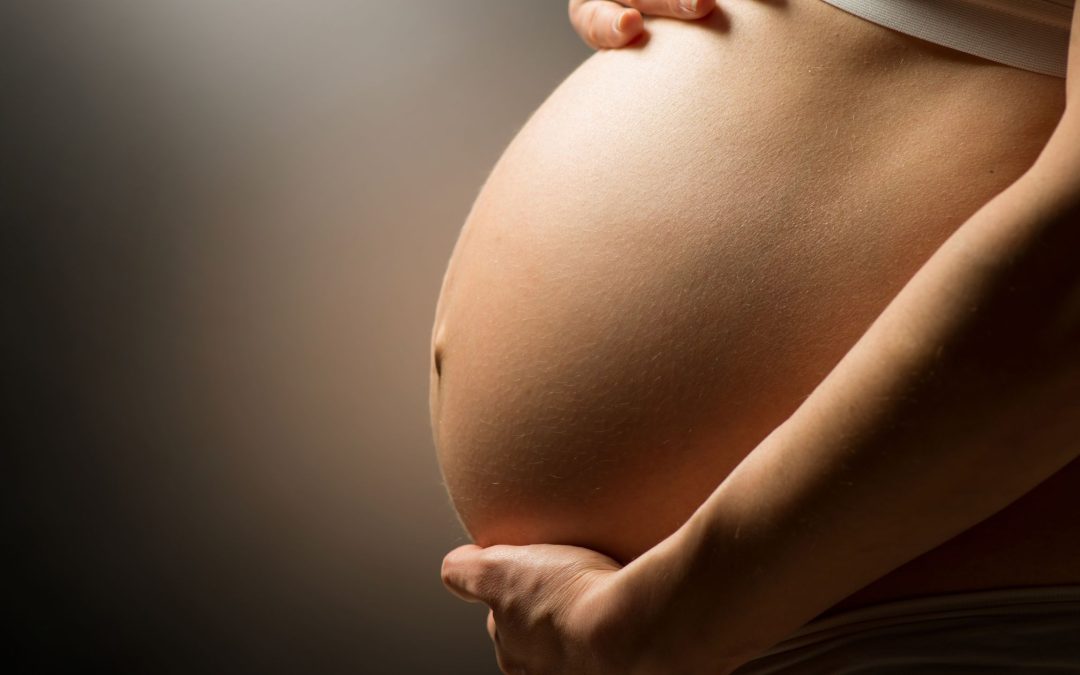During pregnancy, one of the greatest fears for expectant mothers is undergoing radiological tests. The concern is understandable: protecting the health of the baby is a priority. However, there are medical situations in which imaging techniques are not only safe but also essential to safeguard both the mother’s and the fetus’s life. In this article, we clarify when and how radiology is used during pregnancy and why, in expert hands, it can be a great ally.
Is radiology safe during pregnancy?
The short answer is: it depends on the type of test, the stage of pregnancy, and the clinical urgency. In general, all radiation exposure is avoided during pregnancy unless it is absolutely necessary. However, it is important to distinguish between different types of medical imaging:
✅ Ultrasound: A technique with no radiation. It is completely safe and commonly used for monitoring pregnancy.
✅ Magnetic Resonance Imaging (MRI): Does not use ionising radiation. It is safe, especially after the first trimester.
⚠️ X-rays and CT scans: Use X-rays. They are avoided unless the benefit outweighs the risk.
When an X-ray or CT scan is required, specific protocols are used to minimise the radiation dose, and the mother’s abdomen is protected with lead aprons if possible. The decision to perform these tests is made by a multidisciplinary medical team.
When is a radiological test indicated during pregnancy?
There are clinical circumstances where medical imaging may be crucial for diagnosis or urgent intervention. Some examples include:
- Suspected appendicitis or abdominal infection
- Pulmonary embolism: a potentially life-threatening emergency
- Postpartum haemorrhage
- Trauma during pregnancy
- Unknown origin chest pain
- Placental or uterine complications
In these cases, the use of imaging is not only justified, but it can make the difference between a successful intervention and a risky situation.
Interventional Radiology in Obstetrics: Saving Lives
One of the most relevant fields where radiology has had a direct impact is in the management of severe obstetric haemorrhages. Instead of resorting to emergency surgery, it is now possible to perform procedures such as uterine artery embolisation, guided by imaging, to stop the bleeding.
This type of minimally invasive intervention can save the uterus, avoid massive transfusions, and reduce hospitalisation time, making it a less traumatic alternative for the patient.
Real-life cases illustrating its value
In Dr Claudia Lorena Martínez Higueros’s clinical practice, multiple postpartum haemorrhage cases have been successfully treated with interventional techniques. Imaging studies have also been conducted on pregnant women with severe abdominal pain, allowing for accurate diagnosis without putting the baby at risk. The key is always medical judgement and the rational use of available technologies.
What should a pregnant woman know?
- Not all radiology involves risk.
- Ultrasound and MRI are safe during pregnancy.
- In emergency situations, imaging can save lives.
- Medical decisions are based on scientific evidence and safe protocols.
It is crucial to inform the medical staff that you are pregnant before undergoing any tests.

